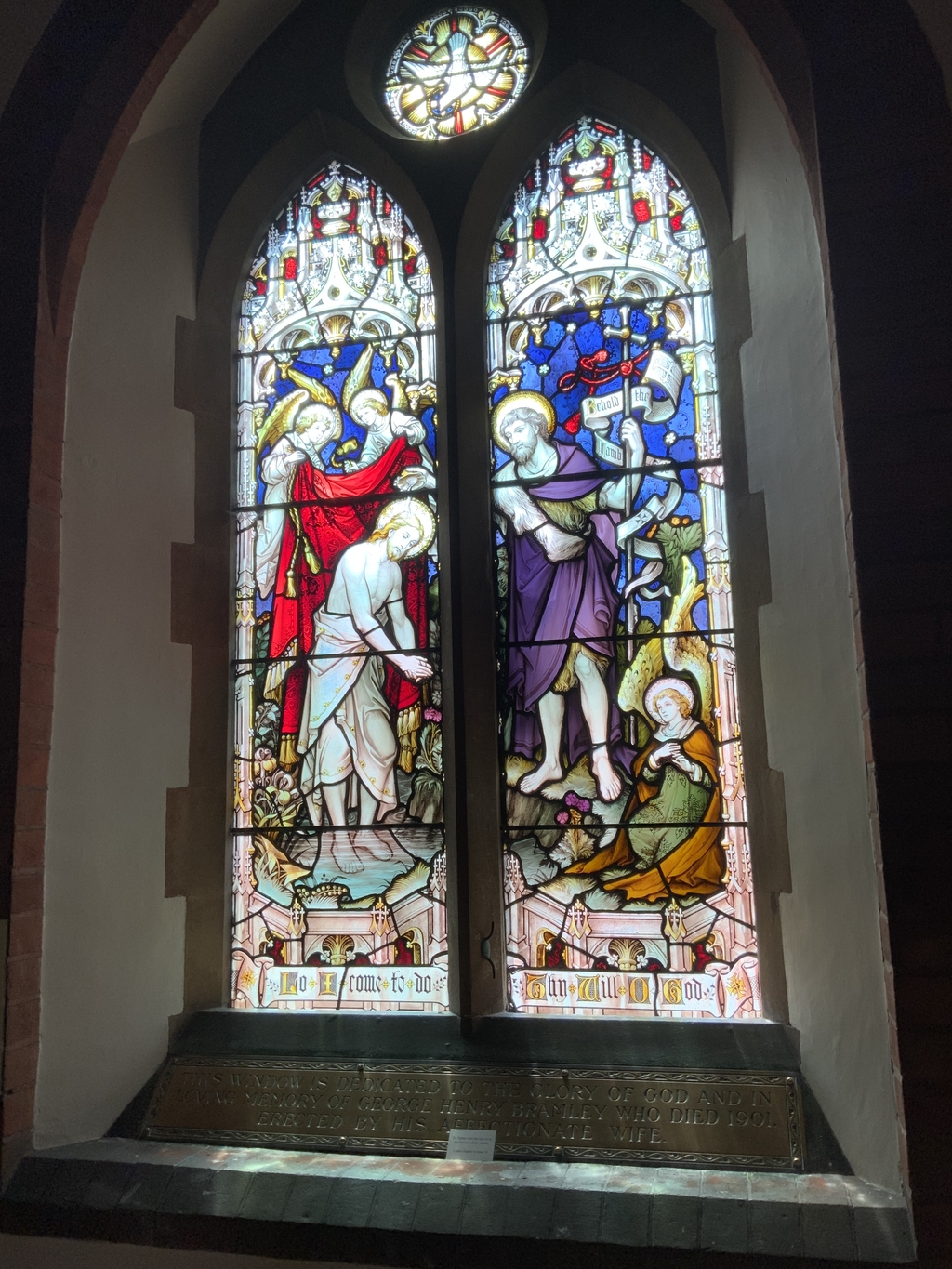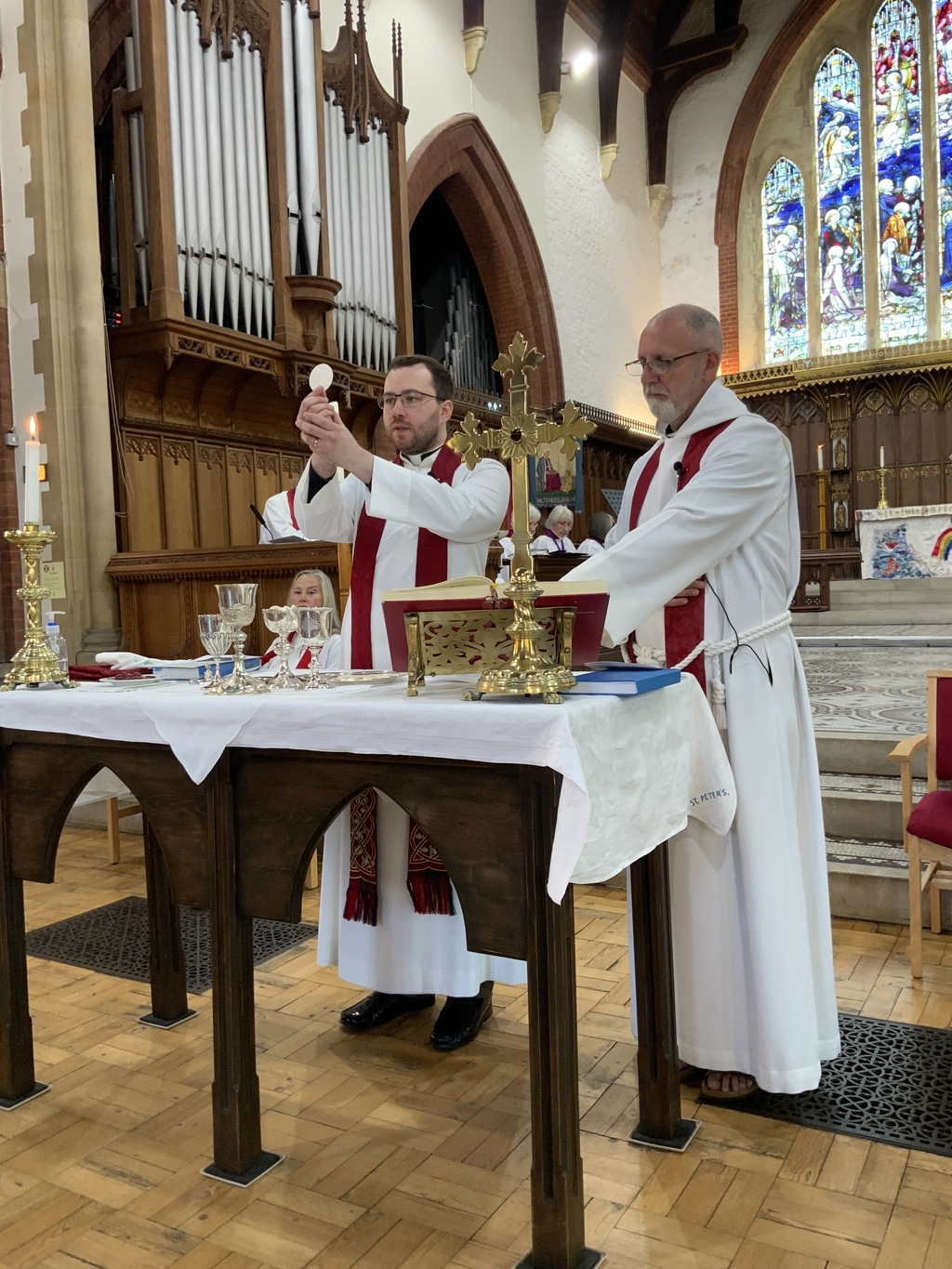I won’t lie; I have a few problems with Saint Matthew. That’s probably a very bold place to start a sermon, but hear me out. You see, parts of the Gospel of Matthew have been a root cause of much Christian antisemitism over centuries. In his account of the passion, he includes a distinct blood curse that doesn’t appear in the other synoptic Gospels. The inclusion of this has led to so much antisemitism from the Christian faith that some scholars have even suggested that our Christian history played a part in the formation of Nazi ideology. Quite a sobering thought.













